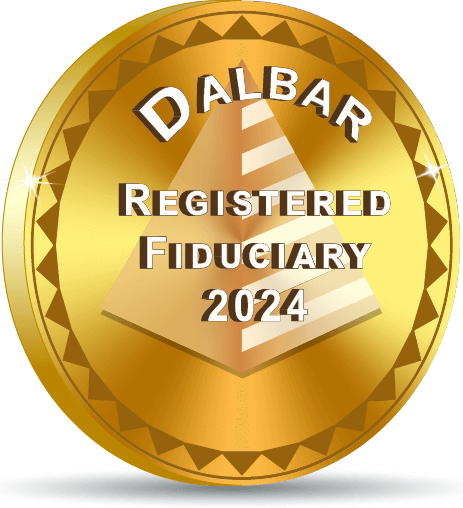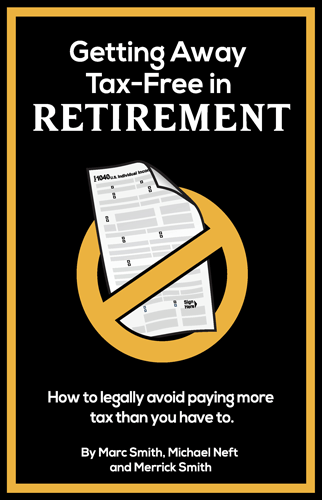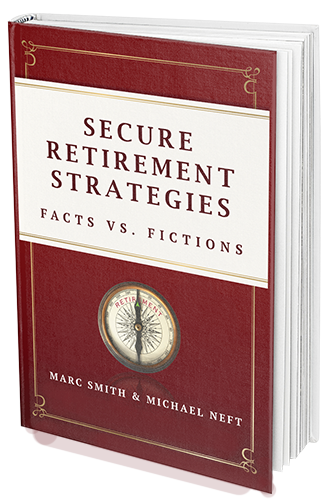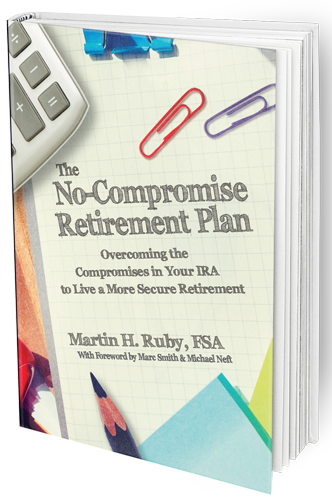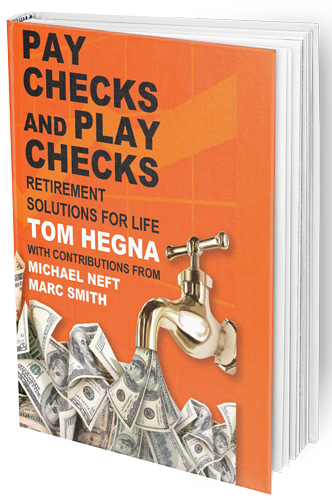Why a LIRP is SO GOOD!
With our backgrounds, we are uniquely qualified to set the record straight on using a LIRP.
I intend to dispel all the common myths and replace them with indisputable facts and critical thinking when looking at the pros and cons of a LIRP.
We are independent financial planners who personally own a many life and annuity investments.
We own a LIRP, which is are IUL (Indexed Universal Life) policies from different companies as well as multiple Fixed Index Annuities, (FIAs), securities and Whole Life policies from many different companies.
Why is this important? Because, owning these investments enable us to understand their inner workings, and see their importance retirement and financial planning.
For the record, we are also licensed as a registered investment advisors and own Duke & Duke Wealth Management, LLC, a Registered Investment Advisor firm. We have some of our own money invested in the stock market as well as managing our client’s money.
We are financial planners and strongly believe that with all investments, we believe that no ONE investment is correct for everyone, not stocks, not bonds, not options, annuities or insurance. We believe in different buckets for your investments. In that way, the investments work in complementing each other.
The Truth about the workings of a LIRP
The Internet is full of truths, half-truths and total misconceptions about how your money grows in a LIRP. These thoughts are usually offered by unnamed Experts who troll the internet offering advice to investors on investments they have never owned or have never fully researched.
The trending missives in most of similar articles is:
- A LIRP is not good a good retirement investment.
- The crediting strategies are unfair for policyholders.
- The investments are constructed so that the insurance companies do better than the individual.
Here is how indexed crediting works with a LIRP.
Additionally, we will address and refute some of the internet’s most opinionated and false claims and show accurate facts.
There are 3 Main Factors Behind a LIRP Crediting:
There are three major criteria that illustrate the unique power of indexing- the way you earn interest with a LIRP:
- When the Market drops, a LIRP guarantees that you will not lose a penny.
Think “zero will be your hero”. What this means is that with a LIRP, you can earn double-digit returns when the market goes up, and never give back your gains due to market losses during bad years.
Think about being able to track the market volatility without the fear of losing a penny of your account value when the stock market declines.
A LIRP has a zero-percent floor of zero, which guarantees you lose nothing when the market goes down, no matter how big the decline.
Now to be fair to the critics, your cash value will decrease somewhat during those 0% years because of the policy charges and cost of insurance. However, these charges can often be greatly reduced by simply funding your policy to the maximum allowable limit within the first 5 years
- A LIRP has the unique feature called the Annual Reset.
Think about this unique feature; In the 2000, 2001, 2002 or 2008 market crashes, your investments took a large hit.
But, if there was a way you could replace the loss with a zero, then hit a reset button, and start over the next year from the same figure that the market closed the day before, why wouldn’t you want to do that?
That is exactly the annual reset feature of a LIRP.
For example, let’s just say that the S&P 500 drops from 2,400 to 2,000 in one particular year. You didn’t lose 20%, you earned a “0”.
Your LIRP didn’t lose a penny, and your policy cash value received no crediting that year, BUT your account didn’t see a 20% drop in market value.
Now, when you start the next investment year, the annual reset feature really becomes unique!
Your LIRP value starts tracking its growth from that new lower 2,000 level in the S&P 500, even though your policy cash value incurred no market losses on its way down from 2,400 to 2,000. Traditionally, there is a sharp market recovery that follows a crash. The LIRP is a powerful and unique investment that turns the negative volatility into a positive.
Whereas market fluctuations may keep you up at night when thinking about your 401(k) or investment portfolio, you might even start to welcome stock market volatility once you allocate funds to an IUL policy. Unlike with traditional investing, cumulative gains in the S&P 500 do not matter. What I mean is that the S&P 500 does not need to end up at new all-time highs to get growth on your policy cash value. In fact, with Indexed Universal Life the S&P 500 can crash and then continue bouncing up and down in a range indefinitely. Whereas your investment portfolio will never recover from the early wounds, your IUL cash value can earn crediting in every year when the index ends up higher than where it was 12 months prior.
- Actual Market Fluctuations.
With your investment portfolio, major market fluctuations can be a perilous risk factor to your retirement. However, since a LIRP is suited to harness this upside movement while eliminating any downside free-falls, volatility now becomes your friend. Here are 5 facts about the S&P Index that explains exactly why:
The LIRP will track the S&P 500 Index when it goes up, without realizing any losses from market suffers a correction.
S&P 500 Facts and Statistics
- S&P Index Fact #1:
Historically, the S&P 500 index over the past 65 years has had an average annual return of 7.3%.
Using these same historical returns with the current participation caps of 12.5%, the annual returns would be
7.44% LIRP while guaranteeing against market corrections.
- S&P Index Fact #2:
Those up-years in the S&P were 3x as likely to give you double-digit crediting than single-digit crediting. If we look at those 61 distinct positive years referenced above, the market gained more than 10% in 47 of those years and less than 9% (but greater than 0%) in the other 14 years.
- S&P Index Fact #3:
There were only two instances where the market had three consecutive negative years during that entire 81-year time period. The S&P Index had three losing years in a row from 1939-1941 and not again until 2000-2002.
- S&P Index Fact #4:
There was only one other instance where the S&P Index even had two consecutive negative years from 1973-1974.
- S&P Index Fact #5:
What’s interesting is that all three of these time periods were immediately followed up by a rebound year that produced at least a double-digit advance from the new lower starting value. Although your investment portfolio may not have gotten even after this first bounce, there’s a good chance that your IUL’s cash value may pull way ahead after that first double-digit rebound (since it only paid policy charges during the consecutive 0% years)


